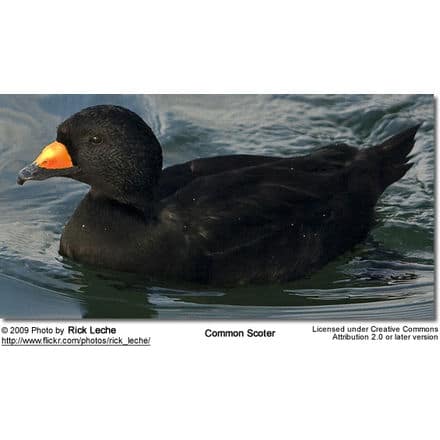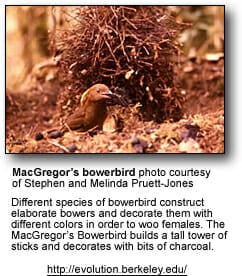Little Bitterns
The Little Bitterns (Ixobrychus minutus) is a wading bird in the heron family Ardeidae, native to the Old World, breeding in Africa, central and southern Europe, western and southern Asia, and Australasia.
Bitterns Information … Bitterns Species Photo Gallery
The Little Bittern (Ixobrychus minutus) is a wading bird in the heron family Ardeidae, native to the Old World, breeding in Africa, central and southern Europe, western and southern Asia, and Australasia. Birds from temperate regions in Europe and western Asia are migratory, wintering in Africa and further south in Asia, while those nesting in the tropics are sedentary. It is rare north of its breeding range.
It is a very small bittern; at 27-36 cm in length, 40-58 cm wingspan and 60-150 g weight, it is one of the smallest herons in the world, equaled only by other species of Ixobrychus. It has a short neck, longish bill, and buff underparts. The male’s back and crown are black, and the wings are black with a large white patch on each wing. The female has a browner back and a buff-brown wing patch.
There are four subspecies:
- Ixobrychus minutus minutus (Linnaeus, 1766). Europe, Asia, and northern Africa; winters in sub-Saharan Africa and southern Asia.
- Ixobrychus minutus payesii (Hartlaub, 1858). Sub-saharan Africa, resident.
- Ixobrychus minutus podiceps (Bonaparte, 1855). Madagascar, resident.
- Ixobrychus minutus dubius Matthews, 1912. Australia, New Guinea, resident.
The extinct New Zealand Little Bittern (Ixobrychus novaezelandiae) was formerly also treated as a subspecies of Little Bittern.
The Little Bittern is one of the species to which the Agreement on the Conservation of African-Eurasian migratory waterbirds (AEWA) applies.
Behaviour
The Little Bittern’s breeding habitat is reedbeds. It nests on platforms of reeds in shrubs, and 4-8 eggs are laid. It can be difficult to see, given its skulking lifestyle and reedbed habitat.
These bitterns feed on insects, fish, and amphibians.
Copyright: Wikipedia. This article is licensed under the GNU Free Documentation License. It uses material from Wikipedia.org … Additional information and photos added by Avianweb.
Please Note: The articles or images on this page are the sole property of the authors or photographers. Please contact them directly with respect to any copyright or licensing questions. Thank you.




